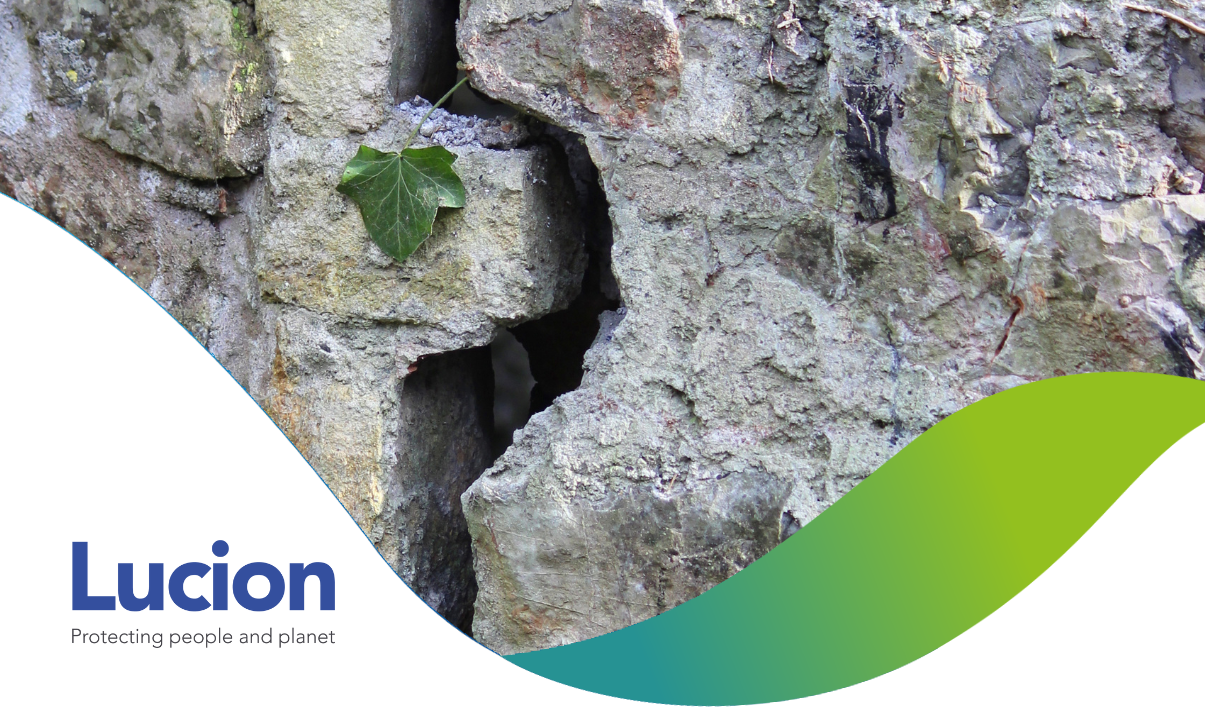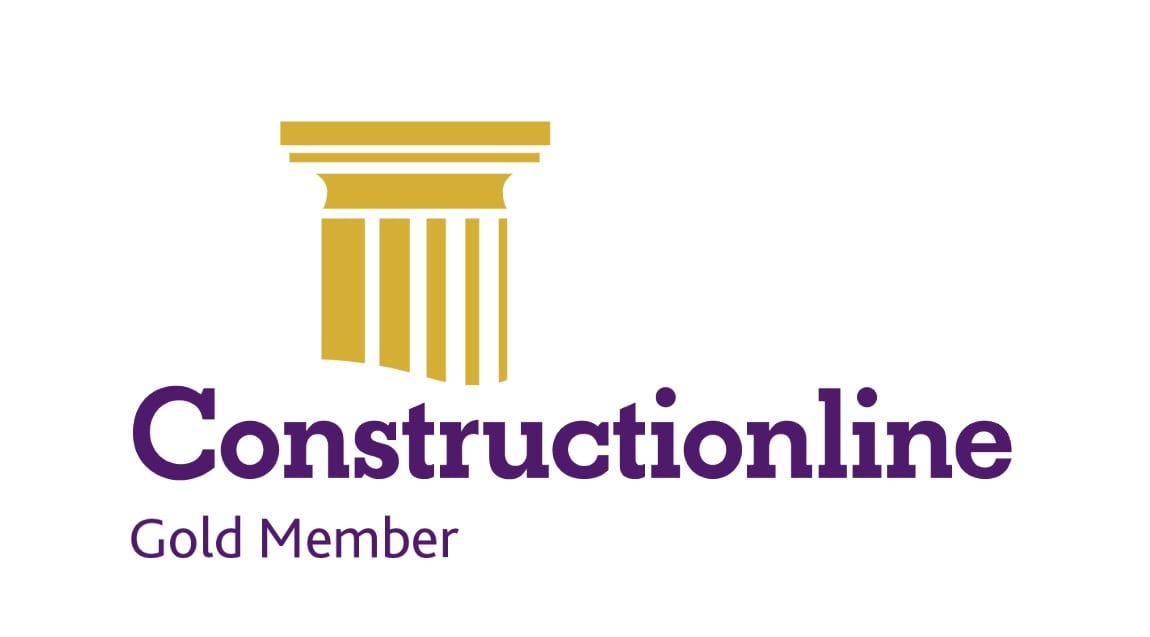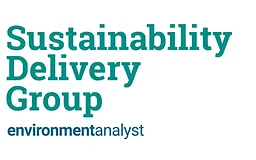Assess ground permeability and make informed decisions with Lucion’s comprehensive permeability testing services. Our UKAS accredited laboratory provides accurate triaxial permeability, falling head permeability, puddle clay, and pinhole dispersion testing for geotechnical and environmental projects.
Permeability, or hydraulic conductivity, is a critical parameter in geotechnical and environmental engineering, influencing groundwater flow, contaminant transport, and the performance of earth structures. Lucion’s comprehensive permeability testing services provide you with accurate and reliable data to assess ground permeability, enabling informed decision-making and effective design solutions.
Tailored Permeability Testing Solutions
With a specialist geotechnical laboratory, we offer a range of permeability testing services tailored to your specific project needs:
Triaxial Permeability Testing (BS1377)
Our triaxial permeability testing (BS1377) determines the coefficient of permeability (hydraulic conductivity) of soil samples under controlled stress conditions. Using a triaxial permeameter cell and standardised procedures, we provide accurate permeability values to help you assess groundwater flow, design drainage systems, and evaluate contaminant transport for your geotechnical and environmental projects.
Quick Triaxial Permeability Testing
Our quick triaxial permeability testing provides a rapid assessment of the coefficient of permeability (hydraulic conductivity) of soil samples under controlled stress conditions. Using a triaxial permeameter cell and modified procedures, we provide approximate permeability values to help you make preliminary assessments, guide further testing, and expedite project decisions.
Falling Head Testing
Our falling head permeability testing determines the coefficient of permeability (hydraulic conductivity) of fine-grained soil samples using a falling head permeameter. By measuring the rate of water level change through the sample, we provide accurate permeability values to help you assess seepage, design clay liners, and evaluate drainage characteristics for your geotechnical and environmental applications.
Puddle Clay Testing
Our puddle clay testing assesses the permeability and suitability of clay materials for use as impermeable barriers in dams, ponds, and other water-retaining structures. Using a combination of laboratory tests, including permeability, plasticity, and compaction tests, we provide comprehensive evaluations to help you select appropriate clay sources, design effective clay liners, and ensure long-term performance.
Pinhole Dispersion Testing
Our pinhole dispersion testing assesses the erodibility and dispersive characteristics of clay soils, which can lead to internal erosion and piping failures in earth structures. Using a pinhole test apparatus and standardised procedures, we provide qualitative assessments of soil dispersivity to help you identify problematic soils, design appropriate filters, and ensure the integrity of dams and levees.
Quality Assurance for Your Peace of Mind
When you partner with Lucion for permeability testing, you can trust in the quality and reliability of the results. As a UKAS accredited testing laboratory (No. 8180) with ISO 17025:2017 certification, Lucion adheres to the highest standards of quality assurance and follows rigorous procedures to ensure accurate and consistent results.


































